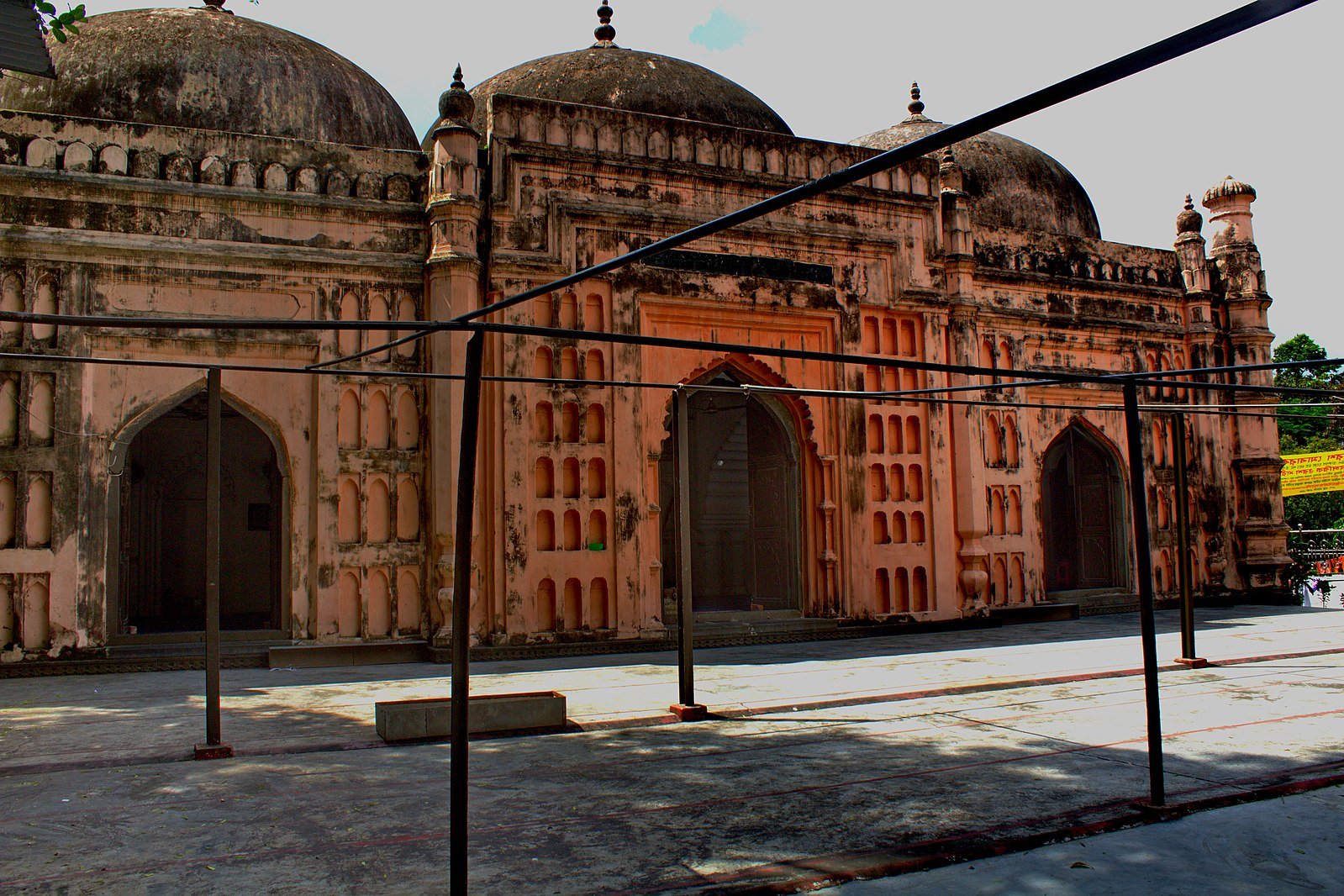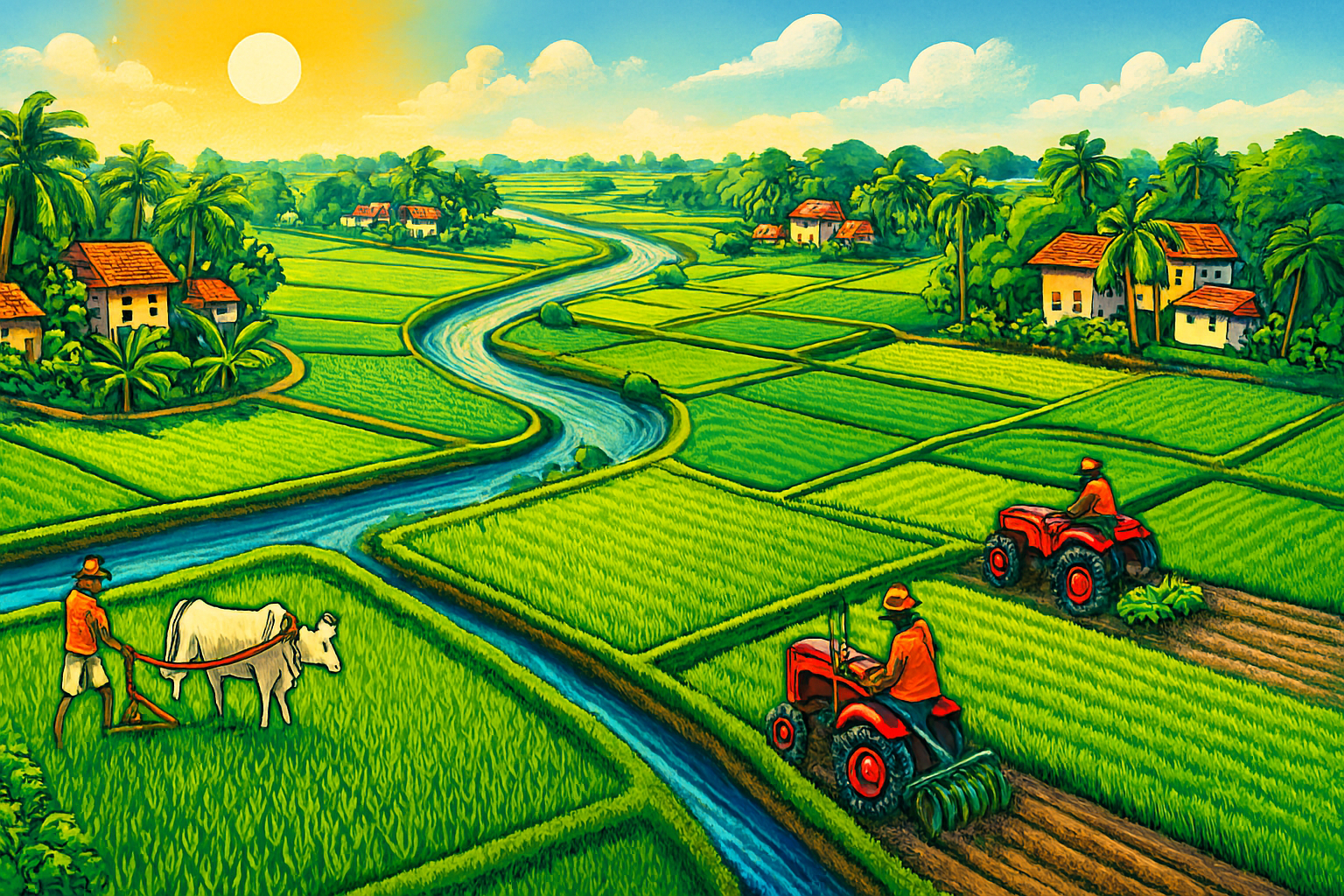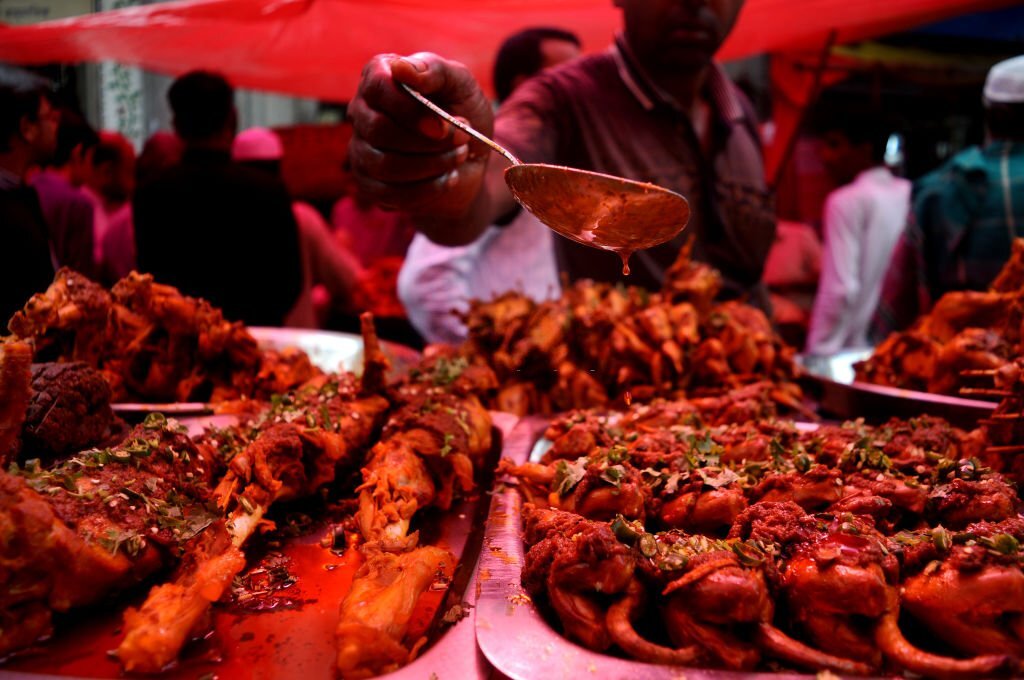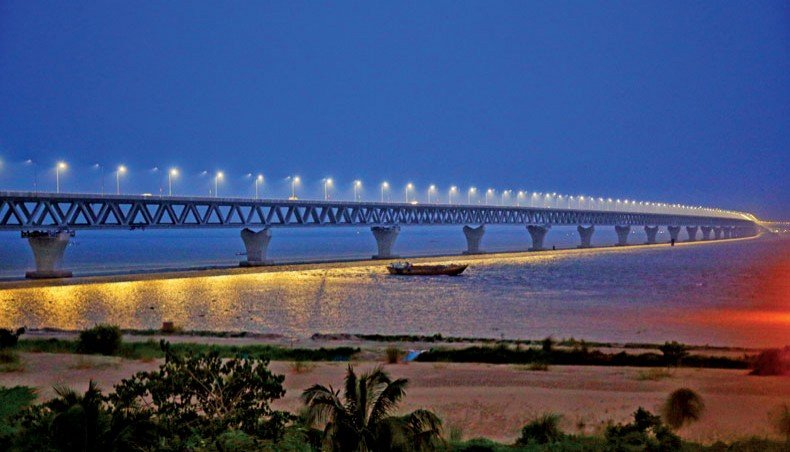Why is Rajshahi, the Cleanest City in Bangladesh, Different from Others?

Nestled on the northern bank of the great Padma River near the border with India lies the vibrant and increasingly celebrated Rajshahi City. Over recent years, this city has emerged not only as an educational and cultural hub but also as one of Bangladesh’s standout examples of urban cleanliness and green-space management. Once overshadowed by the nation’s larger metropolises, Rajshahi City is now carving out a unique identity: a clean, welcoming destination for tourists, students, and investors alike.
Historical and Geographic Background
Rajshahi City is located in north-western Bangladesh, within the eponymous division and district. The city’s foundation dates back to 1634, according to an epigraphic record at the mausoleum of the Sufi saint Shah Makhdum. During the 18th century, Dutch traders established a trading post here, and under British colonial rule, it became a municipality in 1876.
Covering approximately 95–97 square kilometers as per the city corporation’s jurisdiction, the city lies between the Barind Tract to the north and the Padma floodplain to the south. In 2011, the city had a population of around 448,000, with a density of roughly 2,487 persons per square kilometre, making it moderately compact by Bangladeshi city standards.
Why Rajshahi City is Gaining Popularity?
Educational and Cultural Centre
Rajshahi City has long been known as an educational hub. It hosts prominent institutions such as the University of Rajshahi and the Rajshahi University of Engineering and Technology. This concentration of learning institutions has earned it the nickname “Education City” of Bangladesh. The presence of students from across the country contributes to a youthful, vibrant atmosphere.
The cultural heritage of Rajshahi City is equally rich. The Varendra Research Museum, located in the heart of the city, holds a distinguished collection of artefacts that date back to ancient Bengal and the Pundra kingdom. The combination of history, education, and culture gives Rajshahi City an appeal beyond mere sightseeing.
Industrial & Agricultural Backbone
While not heavily industrialised compared to capital-region cities, Rajshahi and its surrounding region have long been a centre of silk production. The region accounts for almost the entire silk output of the country. Crops such as rice, wheat, jute, and sugarcane are also characteristic of the area.
In recent years, the economy has been diversifying. The establishment of new power plants and the development of a Hi-Tech Park are part of ongoing efforts to broaden the city’s economic base.
Environmental Leadership and Clean City Status
One of the most compelling reasons Rajshahi City is drawing attention internationally is its progress in urban cleanliness and green space management. Research and case studies list it among the greenest cities in Bangladesh thanks to the efforts of the Rajshahi City Corporation (RCC) and its planning partners.
For example, the city mapped its trees using a GIS platform, created a Natural Asset Map, and produced a pictorial tree-handbook to raise citizen awareness of urban greenery. In December 2020, a demonstration plantation project transformed a 2.5 km long embankment of the Padma River (Kolpona-Talaimari stretch) into an eco-friendly public space by planting 1,000 saplings on 32 slopes along the river bank.
Moreover, the city has been noted for efforts to reduce air pollution and manage open spaces – a contrast to many rapidly urbanising cities with heavy traffic and industrial fumes. All these initiatives highlight that Rajshahi City is not only promoting tourism and education but also taking sustainability seriously.
Scenic Location and Tourism Appeal
The city’s location by the majestic Padma River gives it a scenic edge. Beautiful stretches of riverside, historical temples, mosques, and shrines lend themselves to tourism. The park and zoo complex along the river bank offers a relaxing green space for families and visitors.
The presence of mango orchards, silk weaving workshops, and rural-heritage tours allow visitors to experience the flavor of Bengal outside the bustle of mega-cities. According to Lonely Planet, Rajshahi is “famous for its mangoes and lichis” and home to “beautiful mango orchards and river beaches.”
Attractions of Rajshahi City for Tourists
Riverside Promenades and Parks
As mentioned earlier, Rajshahi offers riverside vistas along the Padma River which are both peaceful and scenic. The Shaheed AHM Qamaruzzaman Central Park & Zoo, covering 33 acres along the riverbank, provides recreational space for families and nature lovers. Evening walks, cycling, and sunset views are among the simple pleasures the city offers.
Heritage and Silk-Culture Experiences
Visitors can explore Rajshahi’s silk weaving heritage, an integral part of its identity. The old town ambience, colonial buildings, and historical mosques add layers of interest. The city’s history as a Dutch settlement in the 18th century gives it a distinctive depth of story.
Fruit Orchards and Local Flavours
Rajshahi’s region is famous for mangoes and lychees. Many visitors time their trips to coincide with mango season. Orchards, fruit markets, and the chance to sample fresh produce bring a rural touch to the urban stay. Learn more about the local fruit trade from the Department of Agricultural Marketing.
Calm Urban Environment and Student Vibe
Compared to the major hubs like Dhaka or Chattogram, Rajshahi feels more manageable: less traffic congestion, more open space, and quieter neighbourhoods. This calm environment attracts travellers seeking a relaxed experience. Learn more about student culture and city life via Study in Bangladesh.
Ecosystem and Environment: The Green Advantage
Urban Green Space and Tree Management
Rajshahi City stands out for its deliberate effort to map trees and create natural asset inventories. The riverside greening project is an example of turning under-utilised embankments into vibrant public space. The city’s urban ecosystem planning model has been praised by ICLEI South Asia.
Cleaner Air and Lower Industrial Pressure
Given the comparatively lower density of heavy industry, the air-quality profile of Rajshahi is relatively favourable. A World Bank report noted that the city has made significant improvements in reducing pollution. The RCC’s prioritisation of waste management and open space has helped maintain this clean image.
Riverside Ecosystem and Climate Resilience
The Padma River embankment projects form part of the ecological backdrop of Rajshahi. Converting embankments into green zones helps with flood mitigation, soil stabilisation, and habitat creation. Given Bangladesh’s vulnerability to climate change, this approach is both practical and beautiful.
Government Initiatives and Planning for the Future
Urban Planning and City Development Authority
The Rajshahi Development Authority (RDA) plays a pivotal role in shaping the city’s future. In 2015, it unveiled a 20-year master plan for sustainable growth. In 2019, the RDA announced 11 development projects worth approximately Tk10.7 billion.
Infrastructure, Transportation and Utilities
Rajshahi City has improved water and drainage systems through the Rajshahi WASA. Industrial zones, hi-tech parks, and power projects are being developed to create jobs and upgrade the local economy.
Environmental Projects and Community Engagement
The city’s participation in the Urban LEDS II project demonstrates a clear commitment to sustainability. Under this initiative, the city engaged citizens in biodiversity awareness and tree-planting. Municipal efforts show how community participation can sustain environmental success.
Tourism-Friendly Policies
While not always branded explicitly as tourism policy, the improvement of riverside public spaces and urban infrastructure enhances visitor appeal. A report from Tourism Malaysia cited Rajshahi as an example of how smaller cities can use cleanliness to attract travellers cost-effectively.
Challenges and Caveats
Though Rajshahi is often celebrated as Bangladesh’s cleaner city, challenges remain. The city is still smaller and less industrialised, meaning fewer luxury hotels or branded stores. Learn about future tourism development plans through the Bangladesh Tourism Board.
Additionally, summertime heat can be intense, and rapid development may put pressure on green spaces. Continued vigilance and city planning will be required to preserve Rajshahi’s identity as a clean, green city.
Why International Tourists Should Consider Rajshahi City?
For international travellers, Rajshahi offers an authentic slice of Bangladesh- less hectic than Dhaka, yet rich in heritage and riverside calm. Resources like TripAdvisor highlight its growing tourist appeal.
Visitors can enjoy historical sites, silk workshops, fruit orchards, and modern facilities. With ongoing investments in infrastructure and sustainability, Rajshahi is poised to become one of Bangladesh’s most visitor-friendly cities.
Rajshahi City stands at an inspiring intersection of history, education, and environment. With its roots in ancient Bengal, its silk and mango heritage, and its modern academic institutions, the city is redefining itself as a green, clean, and visitor-ready urban hub.
The combined commitment of local government, planners, and citizens ensures Rajshahi’s sustainable progress. As the world increasingly values smaller, eco-conscious cities, Rajshahi City serves as a shining example of balance between development and nature.







